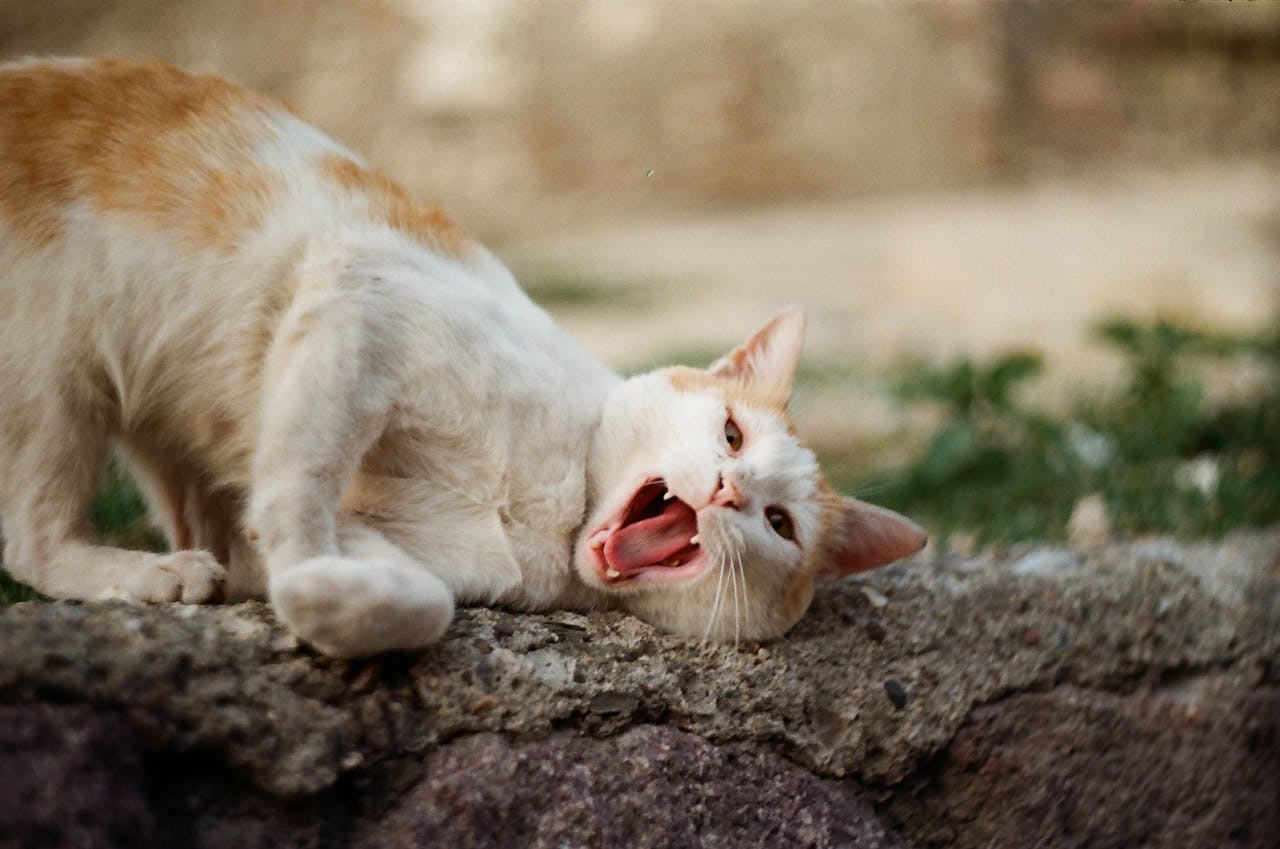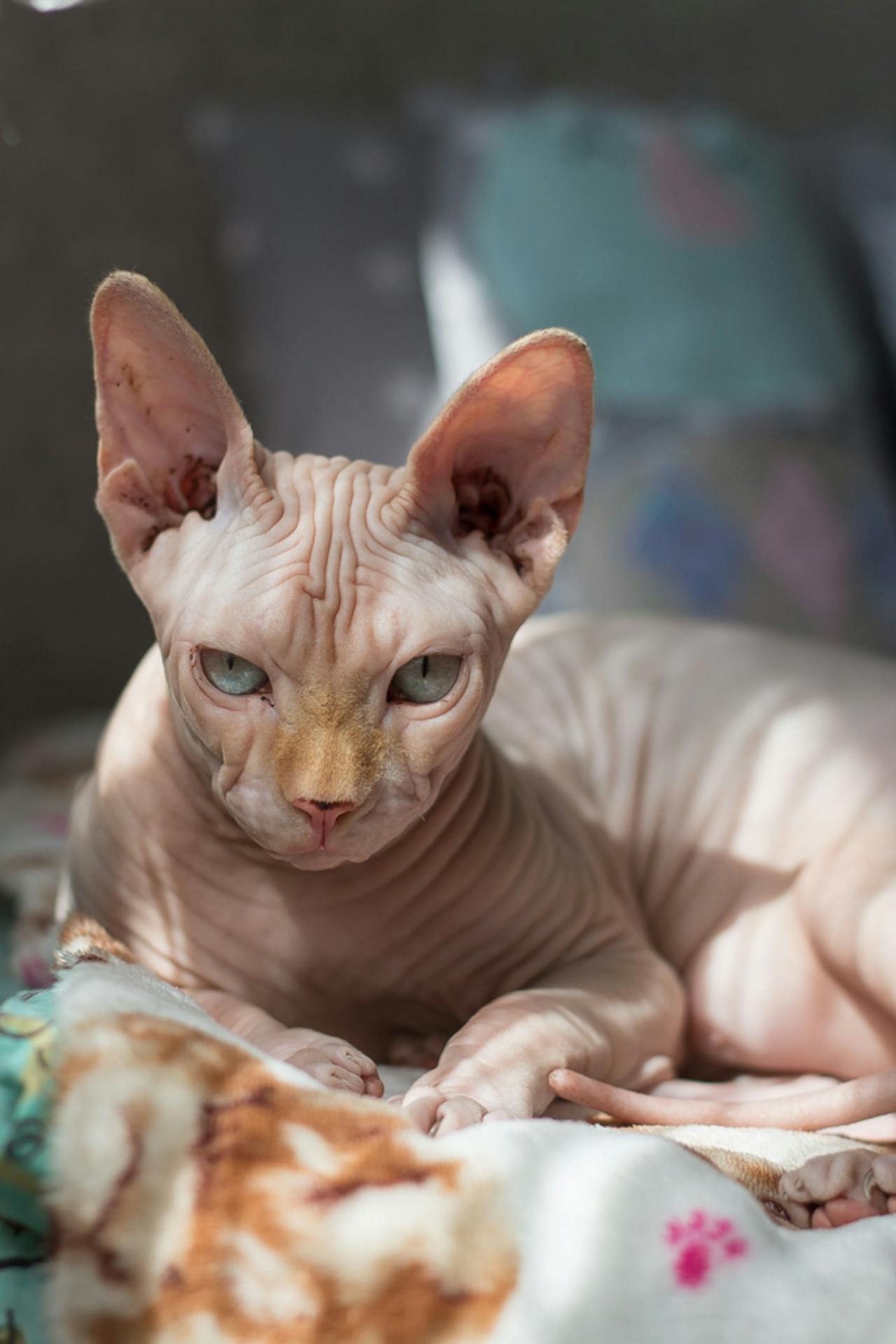Pet Skin Conditions: A Guide for Pet Owners

These behaviors may signal more than just an annoyance—they could indicate a skin condition like atopic dermatitis.
What is Atopic Dermatitis?
Atopic dermatitis is an allergic skin condition caused by hypersensitivity to common environmental allergens such as pollen, dust mites, or mold. This condition doesn’t just lead to itching; it can also result in secondary issues like ear infections, which are among the top reasons dogs visit the vet. Cats aren’t immune either, as atopic dermatitis ranks as one of the leading causes for feline veterinary visits.
Signs to Watch For:
-
Constant biting, licking, and scratching specific areas of the body.
-
Red-brown stains on areas like the mouth corners, chin, groin, or between toes.
-
Black mottling (hyperpigmentation) on previously irritated skin.
Treatment Options:
Although atopic dermatitis cannot be cured, it can be managed with the following treatments:
-
Steroids: Provide short-term relief but can have side effects.
-
Antihistamines: Help control itching in some pets.
-
Oral Medications (e.g., ATOPICA): Target immune cells linked to the allergic response.
-
Fatty Acid Supplements: Reduce inflammation and complement other treatments.
-
Immunotherapy: Desensitizes pets to specific allergens through a series of shots.
-
Topical Treatments: Shampoos, rinses, and creams can offer temporary relief.
Pyoderma: Another Common Condition
Pyoderma, often called “hot spots,” is a bacterial skin infection usually triggered by allergies, such as flea bites. When dogs scratch excessively, they compromise their skin barrier, allowing bacteria to thrive.
Symptoms of Pyoderma:
-
Red, inflamed skin or lesions resembling bumps or scabs.
-
Pus-filled or blood-filled blisters.
-
Hair loss and crusty, scaling skin.
Pyoderma is often found inside the ears, groin, between toes, and along the back. Proper treatment involves addressing the underlying cause, such as flea control, alongside antibiotics for the infection.
Acne in Pets
Pets can also develop acne, particularly on their chins. Cats may clog their sebaceous glands while rubbing surfaces, leading to blackheads and potential infections. Dogs can experience chin acne as well.
Possible Causes:
-
Stress
-
Plastic food bowls that trap bacteria (opt for steel, glass, or porcelain).
-
Poor grooming habits
-
Overactive sebaceous glands
-
Food allergies
Treatment Tips:
-
Clean mild cases with antibiotic soap, hydrogen peroxide, or Epsom salts.
-
Severe cases may require antibiotics or steroids, prescribed by a veterinarian.
-
Avoid using human acne medications.
Other Skin Issues in Cats
-
Cellulitis: Caused by untreated puncture wounds, leading to swelling and requiring antibiotics.
-
Allergic Dermatitis: Often due to flea allergies, resulting in scratching, hair loss, and irritation.
-
Feline Pyoderma: Scales and non-healing sores may indicate systemic issues like feline immunodeficiency virus or leukemia virus.
When to See a Vet
The best way to ensure your pet’s health is to consult a veterinarian if you notice persistent scratching, licking, or other signs of a skin condition. They can diagnose the issue and recommend the most effective treatment. Early intervention can make a world of difference for your furry companion’s comfort and health.
Get insurance plans with wide-ranging coverage options













